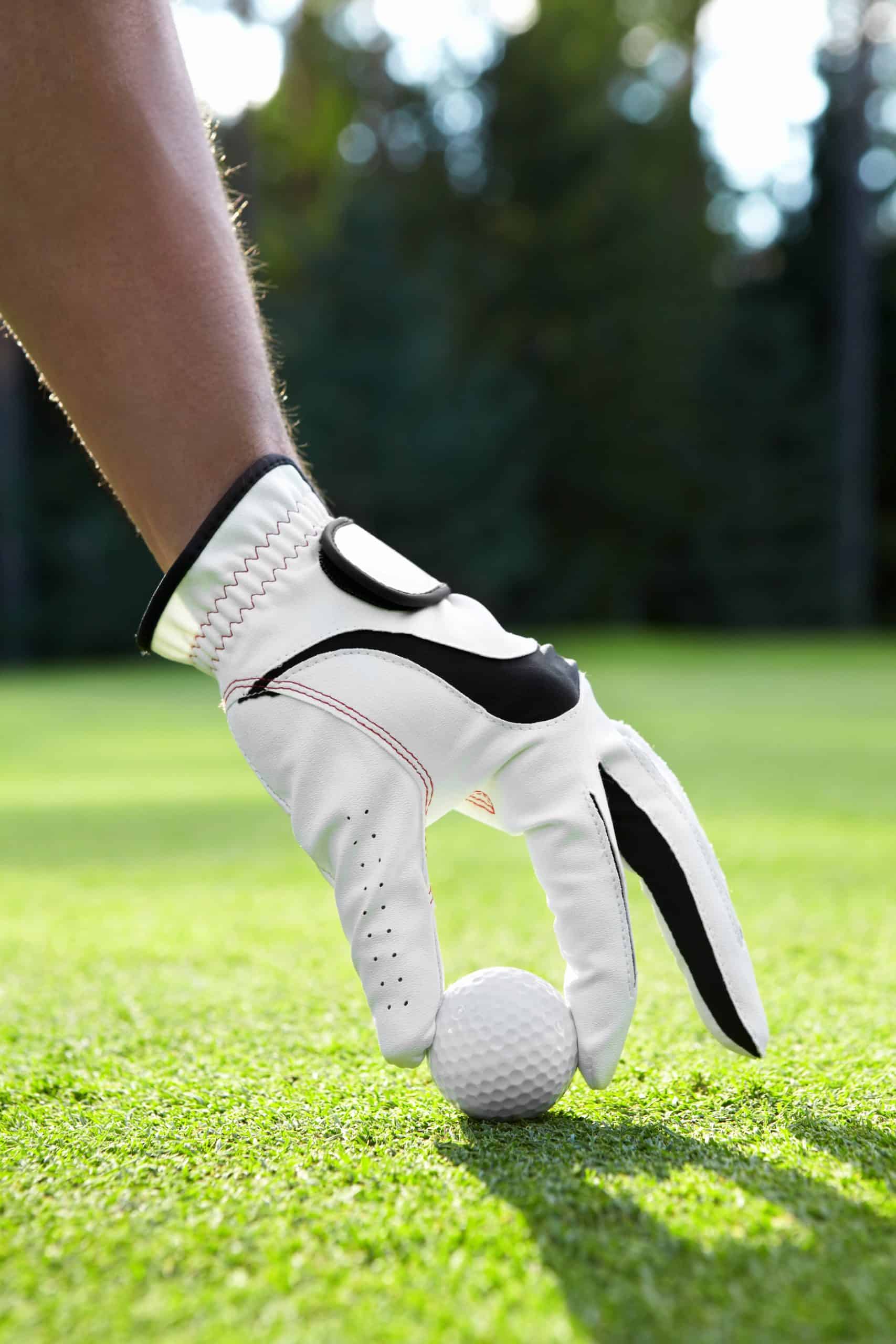Diving into the science behind the perfect golf swing, we find an intricate blend of biomechanics, physics, and skill. The sport’s top scholars have been tirelessly analyzing the game’s nuances, aiming to decode the secrets of a flawless swing to boost performance and reduce injury risks among golfers. Using a combination of data, methods, and biomechanical analysis, these researchers provide insights that can revolutionize how golf is taught and played.
So, what exactly does the latest research tell us about the biomechanics of the perfect golf swing? Let’s delve into it and unravel the mystery.
Dans le meme genre : What Are the Effects of High-Intensity Interval Training on Cognitive Function in Sprinters?
The Importance of Body Rotation in a Golf Swing
When you think about swinging a golf club, body rotation may not be the first factor that comes to mind. However, research in biomechanics has shown that the way your body rotates during a swing holds significant influence over the end result.
Body rotation during the golf swing is a crucial factor that dramatically impacts the flight of the ball. Research indicates that the rotation of the pelvis and thorax, in particular, play a vital role in the kinematic sequence of the swing. This sequence, starting from the pelvis, and passing through the torso to the arms and finally to the club, is what propels the ball forwards.
A découvrir également : What’s the Optimal Macronutrient Ratio for Endurance Athletes Competing in Ironman Triathlons?
Studies have found that the rotation speed of the body segments is directly linked to the clubhead speed at impact. Faster rotation results in a greater clubhead speed, which in turn can increase the distance the ball travels.
Biomechanics of the Club and Impact
The interaction between the club and the ball at the moment of impact is a critical factor in determining the ball’s direction and speed. The biomechanics of this interaction have been the subject of extensive scholarly study.
Researchers have discovered that the angle of the clubface at impact, combined with the clubhead speed, largely determines the initial direction and velocity of the ball. The path of the clubhead just before and after impact also influences the ball’s spin rate and axis, which can affect its trajectory and final resting place.
The latest method of analysis involves capturing high-speed video data of the club and ball at impact, then applying biomechanical modeling techniques to determine the precise factors contributing to the ball’s flight.
Understanding Swing Speed and Ball Speed
In golf, it’s not just about how hard you hit the ball, but also how efficiently you do so. This is where the concept of swing speed and ball speed comes in.
Swing speed refers to the speed of the clubhead at the moment of impact with the ball. It is a crucial factor that affects how far the ball can travel. The faster the swing speed, the further the potential distance. However, this does not mean that pure strength is the most important factor in achieving a high swing speed. Biomechanical studies have shown that achieving an efficient kinematic sequence of body segment rotations is more important.
Ball speed, on the other hand, refers to the speed of the ball immediately after it has been struck by the club. The relationship between swing speed and ball speed is an area of active study. Research has shown that ball speed is influenced not only by swing speed but also by the quality of impact, which is determined by factors such as the clubface’s angle and the center of gravity of the clubhead at impact.
Data Analysis in Golf Swing Research
The application of data analysis in sports has revolutionized the way we understand and improve performance. Golf is no exception, with scholars extensively using data analytics to dissect the biomechanics of the golf swing.
By analytically studying golf swings, researchers can identify patterns and correlations between different variables. For example, they might use statistical methods to examine the relationship between body rotation, swing speed, and ball distance. This data-driven approach provides a more objective and detailed understanding of the golf swing, supporting players and coaches in optimizing performance.
The latest trend in golf swing data analysis involves the use of advanced technologies like 3D motion capture systems and machine learning algorithms. These tools allow researchers to collect and analyze a vast amount of data with unprecedented accuracy and detail.
Biomechanical Differences Among Golfers
Not all golfers are the same. The biomechanics of a golfer’s swing can vary significantly based on factors such as their physical characteristics, skill level, and individual style. This diversity among golfers presents both a challenge and an opportunity for researchers.
By studying the biomechanical differences among golfers, scholars can gain insights into how different swing techniques affect performance and injury risk. For example, research has found that professional golfers tend to have a more efficient kinematic sequence, resulting in greater swing speed and ball distance.
On the other hand, amateur golfers often exhibit biomechanical inefficiencies in their swing, leading to suboptimal performance and a higher risk of injury. Understanding these differences can help in the development of personalized training programs that address individual weaknesses and maximize strengths.
In summary, the latest research on the biomechanics of the golf swing offers fascinating insights that can enhance performance and mitigate injury risks. By integrating these findings into their practice, golfers of all levels can aim to perfect their swing and take their game to new heights. With ongoing research in this field, the future holds even more exciting discoveries that will continue to shape the world of golf.
Advanced Technologies in Biomechanics of a Golf Swing
The use of advanced technologies, such as 3D motion capture systems and machine learning algorithms, has become an integral part of golf swing analysis. These technologies offer a comprehensive tool for visualizing and quantifying the complex movements of the golf swing, allowing researchers to delve deeper into the detailed biomechanics of the swing.
3D motion capture systems track and record the movement of golfers during a swing using multiple cameras and sensors. This technology provides accurate and detailed measurements of the kinematic sequence, including the rotation of the pelvis and torso, the speed and path of the clubhead, and the impact with the ball.
On the other hand, machine learning algorithms provide a powerful tool for analyzing the vast amount of data generated by 3D motion capture. These algorithms can identify patterns and correlations in the data that might not be evident to human observers. For instance, a machine learning algorithm might reveal a previously unknown relationship between the angle of the upper torso rotation and the clubhead speed.
The application of these advanced technologies in golf swing research opens up new possibilities for understanding the biomechanics of the swing. Not only can they provide a more detailed and objective analysis of the swing, but they can also help to identify biomechanical inefficiencies that could be contributing to suboptimal performance or injury risk.
The Role of Biomechanics in Injury Prevention
The biomechanics of the golf swing does not only influence performance, but it can also have significant implications for injury risk. Many common golf injuries result from incorrect or inefficient swing techniques. By understanding the biomechanics of the swing, researchers can develop strategies to prevent these injuries and enhance the longevity of a golfer’s career.
A typical golf swing involves a complex series of body movements, which places significant stress on various parts of the body. For instance, the rapid rotation of the torso can strain the muscles and ligaments in the back, while the impact of the club with the ball can lead to wrist and hand injuries.
Research has shown that professional golfers tend to have a more efficient kinematic sequence than amateur golfers, resulting in less stress on the body and a lower risk of injury. However, even professional golfers can benefit from biomechanical analysis to identify potential weak points in their swing.
The ultimate goal of golf swing biomechanics research is to develop training programs and swing techniques that optimize performance while minimizing injury risk. This involves not only refining the kinematic sequence but also improving strength and flexibility to support the demands of the swing.
Conclusion
The latest research on the biomechanics of the golf swing offers fascinating insights that can not only enhance performance but also mitigate injury risks. Modern technology, such as 3D motion capture systems and machine learning algorithms, offers a more detailed and objective understanding of the golf swing. This data-driven approach can provide valuable feedback to golfers and coaches, facilitating more efficient and safer swing techniques.
The golf swing is a complex motion that involves many variables. These include body rotation, swing speed, ball speed, and the interaction of the club with the ball at impact. By understanding the biomechanics of these variables, researchers can help golfers to perfect their swing and optimize their performance.
The diversity among golfers, including their physical characteristics, skill level, and individual style, presents both a challenge and an opportunity in the field of golf swing biomechanics. The ultimate goal is to develop personalized training programs that address individual weaknesses and maximize strengths.
As we move forward, the continual evolution of technology and methodologies promises even more exciting discoveries in the world of golf swing biomechanics. These advancements will undoubtedly continue to shape the way we understand, teach, and play the game of golf.






